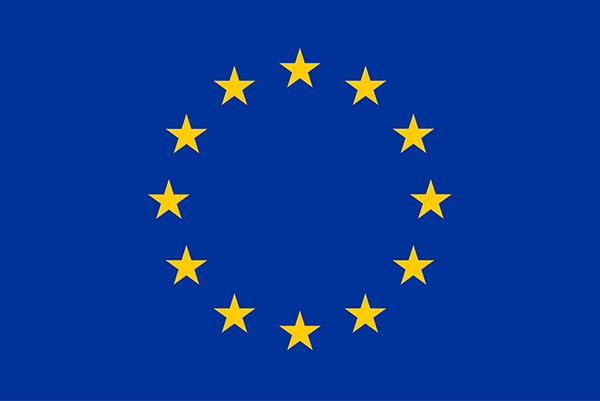
Annual Meeting
Kraków 2018


This event has received funding from the European Union’s Horizon 2020 research and innovation programme under grant agreement No 730562 [RadioNet].
Local History |
|
Cracow
Before the Polish state had been formed, Kraków was the capital of the tribe of Vistulans, subjugated for a short period by Great Moravia. After Great Moravia was destroyed by the Hungarians, Kraków became part of the kingdom of Bohemia. The first appearance of the city's name in historical records dates back to 966, when a Sephardi Jewish traveller, Abraham ben Jacob, described Kraków as a notable commercial centre under the rule of the then duke of Bohemia; and mentioned the Baptism of Prince Mieszko I as the first historical ruler of Poland. Mieszko took Kraków from Bohemians and incorporated it into the holdings of the Piast dynasty towards the end of his reign.
The rich history of Kraków is well preserved and presented in the "Under the Main Square" Museum located... simply under the main market plate. |
|
Faculty of Physics, Astronomy and Applied Computer Science (your Venue!) Today the Faculty of Physics, Astronomy and Applied Computer Science of the Jagiellonian University is located at the Third Campus (Campus of the 600th Anniversary of the Jagiellonian University Revival). You can find it in the district “Dębniki”, outside the strict center of Kraków. However, there are still some original buildings of the Jagiellonian University in the Old Town. The most famous is probably Collegium Maius, dating back to the 14th century. |
|
Astronomical Observatory
In 1964, the 600th Anniversary of the Jagiellonian University was celebrated. This was the year when the Nicolaus Copernicus' Observatory was
moved from the city centre to Fort Skala. 5 domes and a new building for administration and teaching was built. The
observatory was equipped with the 35-cm diameter Maksutov (since 1965) and the 50-cm Cassegrain (since 1970) telescopes,
both made by C. Zeiss Optics in Jena. There were also two radio telescopes built,
with diameters of 7 m (the older one, upgraded to 8 m in 1994) and 15 m.
|